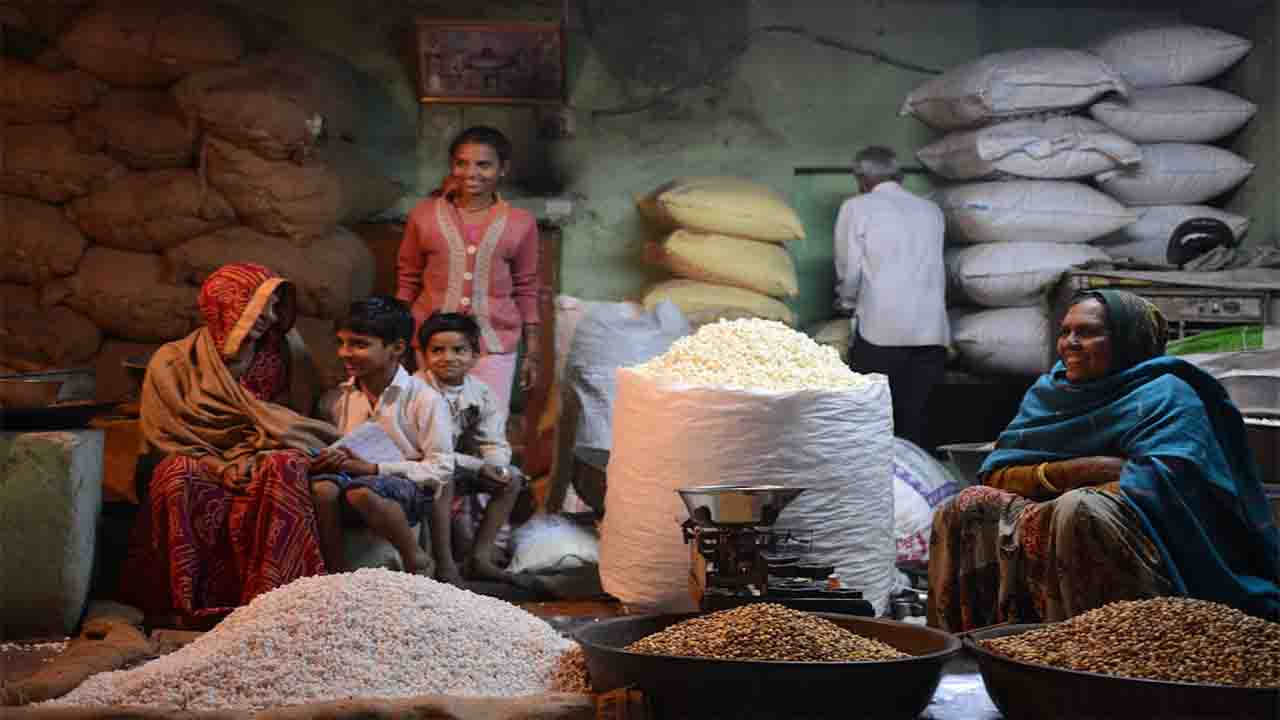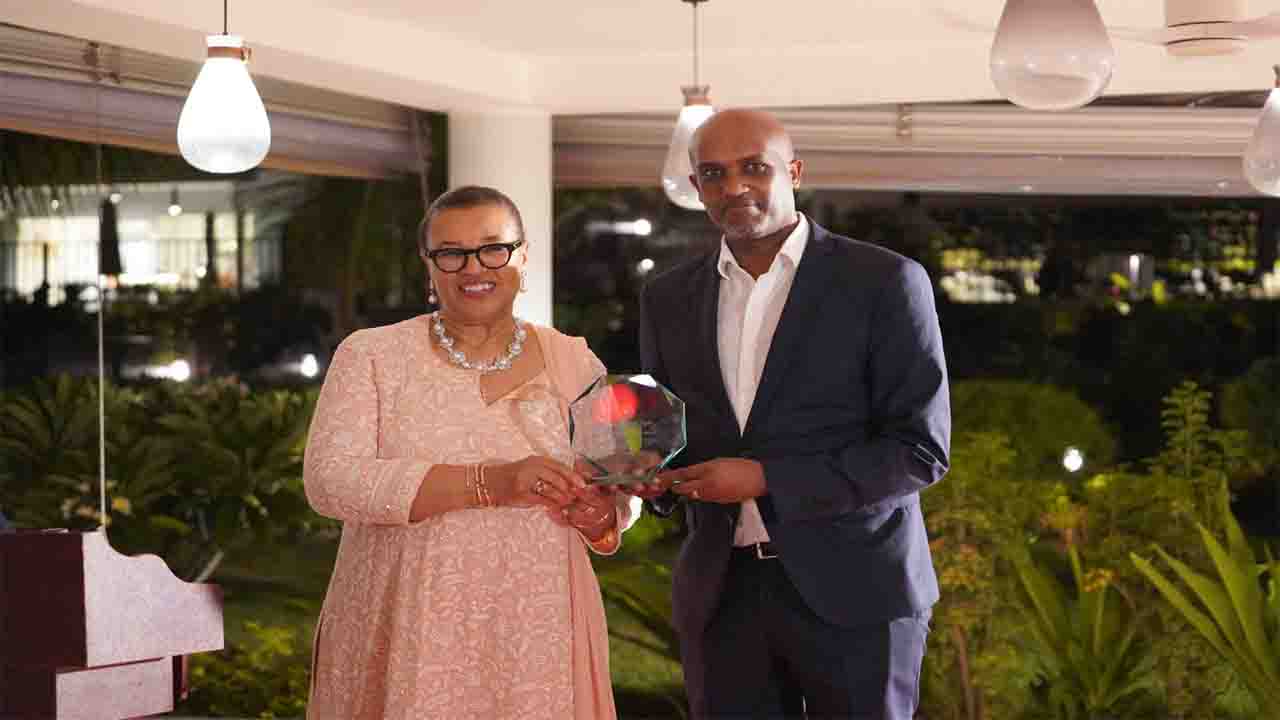By Gita Viswanath
My own fascination with social media goes back to a decade or so. Getting connected with long-lost school and college mates, cousins and ex-neighbours scattered in different parts of the world provided a high. Seeing their pictures on Facebook sent me into raptures of delight. With that, came the long trip down memory lane. Little details about everybody kickstarted a peep into my own past and consequently an analysis into what I’ve made of myself in all these years, at times, appreciative, at others, condemnatory. Along this journey, there was the realisation that the nature of human relationships in itself was undergoing an undecipherable change. The pandemic and the consequent reliance on social media for communication have only exacerbated the need to think about the shifting paradigms of human relationships that are increasingly mediated by virtual experiences.
What kind of humans are we turning into post the social media revolution? We seem to be living in a dangerously hyperreal universe in which the distinctions between the real and the virtual simply blend into each other. In his path-breaking book, The Society of the Spectacle, written way back in 1967, Guy Debord, the French philosopher and filmmaker, noted presciently, “All that once was directly lived has become mere representation.” Even as we watch our friends/relatives getting married on Zoom, we realise we are in the ‘in-between space’ of the ‘real’ and the ‘represented.’ So intertwined are the real and hyperreal that to attempt distinguishing the two seems a futile exercise.
Debord posits that one can think of social life in terms of “the decline of being into having, and having into merely appearing.” This, Debord argues, brings us to the “historical moment at which the commodity completes its colonization of social life.” Most of us would agree that if there is one commodity that has colonised our personal and social lives in recent times, it is the cell phone. There is an apocryphal tale about the origin of the term, ‘cell phone.’ Prisoners in penitentiaries in the USA were allowed to speak occasionally on the phone with their families. However, some powerful inmates of penitentiaries, would have the special privilege of getting the phone into their cells. And that’s where the term comes from! However untrue this story may be, one cannot escape the connotations of the story of the cell phone’s origin in a prison cell. The phone has certainly succeeded in imprisoning us in a virtual world through which we shop for necessities and non-necessities, order food, lend and borrow money, make payments, entertain ourselves with music and movies, find partners and let ourselves be brainwashed in every conceivable way.
A look at the use of language in social media would reveal more than we would like to believe about the changes it has wrought upon relationships. Why does every comment on Facebook for a food post say ‘yummy,’ ‘looks delicious’ and so on? These are not even our own individual responses. They are automated responses generated by Facebook and the user simply clicks on one, unthinkingly for the most part. Change of profile pictures elicit more than a hundred responses. Most of them are ‘gorgeous,’ ‘stunning,’ ‘beautiful.’ More often than not, these faces are not capable of launching one ship, let alone hundred. But on social media they are all made to feel like Helens. How vacuous is our interaction! What kind of a trip are we on? If you think it’s all about making people feel good and it’s about democratization of gorgeousness, think again. Does this democratization of gorgeousness lead to a democratization of rights, for example?
When I was growing up, the word ‘awesome’ was seldom heard. It meant something that induced awe. What is awe? Awe is that strange combination of fear and wonder evoked by something or someone perceived as larger than ourselves. We are filled with awe when we encounter a thing, a phenomenon or person that is beyond our comprehension. Therefore, the emotion of awe combines fear with wonder. Today, a video of a cat drinking milk, scribbles in a notebook, a picture of a child with her Grade 1 report card, anything and everything can be awesome, nay awsum. Where has complexity gone? Where has that timorous quality of a word disappeared? That quality which denied the word the confidence of its semantics. That quality which made a word mean multiple things in multiple contexts. That quality of words which made them pregnant with meaning. When uttered by a felicitous user of a language, the listener would be spell bound. What will people say today when they really come across something awesome? Will they be dumbfounded at the moment of reckoning? Has the overuse of a word that held special meaning led to the evacuation of its meaning? Walter Benjamin said in his famous essay, “The Work of Art in the Age of Mechanical Reproduction” that the replication of a work of art through mechanical means makes it lose its aura. Similarly, has ‘awesome’ lost its aura?
Accordingly, the consequent simplification of language by its peculiar usage in social media has led to an overall incapability of, or rather, patience with complexity. One is all the time looking for simplistic solutions to problems and in the process renders oneself incapable of reflection making it convenient for the powers that be to enforce divides on the basis of several exclusionary categories.
Apart from innumerable text messages and photos that are exchanged through social media apps, the phone inundates us with images to the extent that words have been replaced by emojis, GIFs and stickers. Today, it is possible to convey a message through these rather than words. While words are not fool proof in effective communication; they carry the advantage of antiquity, and for that reason, more comprehensible and less in danger of miscommunication. Emojis and the rest, by contrast, need growing up in order to be well-understood! The mediation by the image is thus paramount to social relationships in our time.
The formation of groups on WhatsApp, for instance, reveals a lot about relationships. While on the one hand, our groups may provide a quick means of conveying news, comfort and solace in times of emotional stress, and a site for sharing and caring; on the other hand, there is immense scope for excessively syrupy and content, cringeworthy for the most part. Furiously typing away on the phone without the obligation to match facial expression with our words, we conveniently conceal intent with obsequiousness. The compulsion to respond, at times, makes us unfeelingly wish people for birthdays, especially, as happens in large groups, without even knowing whom we are wishing!
Once, when a friend from a group and I decided to meet in a café as we happened to be in the same city, there were several moments of awkward silence. Then we resorted to discussing the posts on the group and immediately the meeting turned more vibrant. And then, even before we had reached our respective homes, we had put up pictures and the comments had begun to flow as well. While each of us said that we had a great time, we were so thrilled to be meeting after eons and so on; the others called us lucky, stated they were jealous, and put up the hug emoji, the kiss emoji and what not. What does this mean? Do our interactions happen best in absentia through WhatsApp, or, at best, about WhatsApp if forced to meet in the physical world? Does the human imagination to generate and sustain a conversation now necessarily work exclusively in the realm of the virtual, generously assisted by artificial intelligence?
Human languages are highly complex systems of signs that have evolved over centuries. Language through its complexity conveys the very complexity that exists at the heart of human societies and relationships. In simplifying language, we are losing the capacity to appreciate difference, ambiguity and denseness. We believe that social media has helped us connect with people beyond geographical, economic, social and cultural barriers. To a great extent, this is true as well. We just need to recall the global support received for the Black Lives Matter movement in the US and the on-going protests by farmers closer home, both of which could not have reached almost every corner of the world. Yet, let us not fool ourselves into thinking that this has led to a forging of solidarity through genuine understanding of and sympathy for the troubles of people unlike us. On the contrary, there is a hardening of ideological positions, ably assisted by social media. Thus, while we boast of long friend lists on Facebook and hundreds of followers on Instagram, we continue to support discriminatory practices in our real worlds.
Gita Viswanath is a Baroda-based writer. Her novel, Twice it Happened, was published in 2019 by Vishwakarma Publications, Pune. She is also the author of a non-fiction book, The ‘Nation’ in War: A Study of Military Literature and Hindi War Cinema, published by Cambridge Scholars, UK in 2014 as well as a children’s book, Chidiya. Her poems have been published in Kavyabharati No 28 and Coldnoon, an online journal. Her short story, “Paper Gods,” was published in Muse India, May 2020 and “The Return of the Dead” in Borderless Journal, August 2020. Her short films “Family Across the Atlantic” and “Safezonerz” are available on YouTube.











